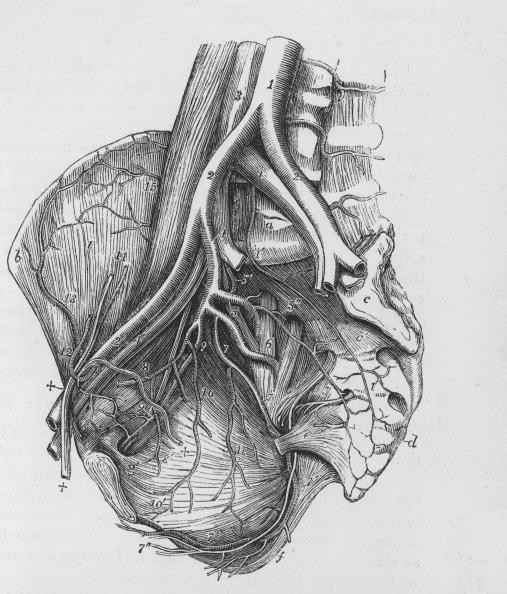
A very small pacemaker that is wireless could offer some heart patients an alternative to the traditional pacemakers that require surgery to install. The device was installed in more than 500 patients with good results, according to a new study. However, there are lingering safety issues that may need to be evaluated before the device is approved for use in the United States.
Cardiac pacemakers need a battery and wires and are implanted using surgery to place the battery under the skin of the chest. This pacemaker is tiny wireless cylinder that is inserted into the right ventricle of the heart after it is threaded up from a blood vessel in the leg using a catheter.
This tiny pacemaker will be used for patients who need pacing in only one ventricle. About 30% of patients who need pacemakers could potentially use the new device.
In this study, doctors in Australia, Canada, and the United States implanted the mini-pacemaker into 528 people. After 6 months, nearly 7% of patients reported side effects, including pacing problems that required removal of the device, the device coming loose, or the device poking holes in their heart. In comparison, about 10% of patients who get traditional pacemakers suffer complications.
The study was published online in the New England Journal of Medicine. The research was paid for by St. Jude Medical, maker of the pacemaker. This is already approved in Europe and will be submitted for approval by the U.S. Food and Drug Administration. A similar pacemaker made by Medtronic is also licensed in Europe.
A study of the device in Europe, however, was halted stopped last year once this year when higher-than-expected complications were reported.
Pacemakers are used to control abnormal beats in the heart. They work by emitting a tiny electrical charge that makes the heart beat in the correct rhythm. While most pacemakers have wires that connect the device to both right and left sides of the heart, the new device only paces the right ventricle. Standard pacemakers can track and record abnormal heartbeats and can be monitored remotely; this one cannot.

